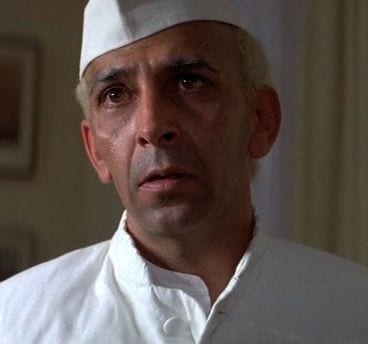

Bharat ek khoj download full#
Any kind of gunfire, real or verbal, is distant on a full stomach. After a meal of mutton and rice more designed for a holiday than a working evening, I found myself staring vacantly at the computer. A piece that internet users generally interested in India would like to see.īy the time I finished my daily online chores, it was already late for lunch. Forts, sadhus, hills, temples, mosques, sea beaches strung together into something majestic and mythical and glorious. I wanted to write something more solemn, of historical importance. Keeping in mind the eternally argumentative Indian, introduce debates around popular keywords such as Anna Hazare, Telengana, Bodoland, human rights and attacks by Pakistan along the LoC. And of course, there are the celebrations – from the prime minister’s speech – to flags hoisted in every state. Photos of innocent children holding the tricolour or old people showcasing toothless, benevolent grins could come in handy.

If it’s a heart-warming rags to riches story, talk about India Shining. If it’s a heart wrenching story of a rape survivor, pack in something about how ineffectual the laws are in this country. To anyone in the News business (what else do I call it?), it’s a day of pithy editorials and strong reports, all flavoured with the appropriate degree of patriotism. Jai Gyan! Creditsīased on Pt.15 th August. Many of these materials are either unavailable or inaccessible in libraries in India, especially in some of the poorer states and this collection seeks to fill a major gap that exists in access to knowledge.įor other collections we curate and more information, please visit the Bharat Ek Khoj page. This library has been posted for non-commercial purposes and facilitates fair dealing usage of academic and research materials for private use including research, for criticism and review of the work or of other works and reproduction by teachers and students in the course of instruction. The purpose of this library is to assist the students and the lifelong learners of India in their pursuit of an education so that they may better their status and their opportunities and to secure for themselves and for others justice, social, economic and political. This item is part of a library of books, audio, video, and other materials from and about India is curated and maintained by Public Resource. To him, there is something unique about the continuity of a cultural tradition through 5000 years of an unbroken history. Slowly, the long panorama of India’s history unfolds itself before him with its ups and downs, its triumphs and tragedies. At Fatehpur-Sikri, he almost hears Akbar converse with the learned of all faiths. The inscriptions on the Ashoka Pillars of stone make their inscriptions speak to him. At Saranath, near Banaras, he could almost hear the Buddha’s first sermon. He sees the lovely buildings in Agra and Delhi where every stone tells its story of India’s past. He visits old monuments Ajanta, Ellora and the Elephanta Caves. India unfolds with its waterfalls, rivulets and seas, with her richness of life and its renunciation, of growth and decay, of birth and death. He wanders over to the Himalayas and sees the mighty rivers - the remote Brahmaputra, the Yamuna, and the Ganga - that flow from this great mountain barrier into the plains of India, from their source to the sea. Travelling by train, the landscape and the landmarks flash past his eyes. Bharat Mata was essentially these millions of people, and victory to her meant victory to these people!

The mountains, the rivers, the forests, and the broad fields which gave them food, but what counted ultimately was the people like them who were spread out all over this vast land. What earth was it? Their particular village patch, or all the patches in the district or province, or in the whole of India? Nehru would then endeavour to explain that India was all that they had thought, and much more. At last a vigorous jat, wedded to the soil from immemorial generations, said that it was the Dharti (the good earth) of India that they meant. Occasionally, as Nehru reached a gathering, a great roar of welcome would greet him-‘Bharat Mata-ki Jai’! He would ask the crowd unexpectedly what they meant by that cry, I who was this ‘Bharat Mata’, whose victory they wanted? His question would surprise them, and then, not knowing what to answer, they would look at each other. The scene opens with a panoramic visual of India and its colourful landscape.

With Ravi Jhankal, Vijay Kashyap, Ram Moorti A Production of Doordarshan, the Government of India’s Public Service Broadcaster


 0 kommentar(er)
0 kommentar(er)
